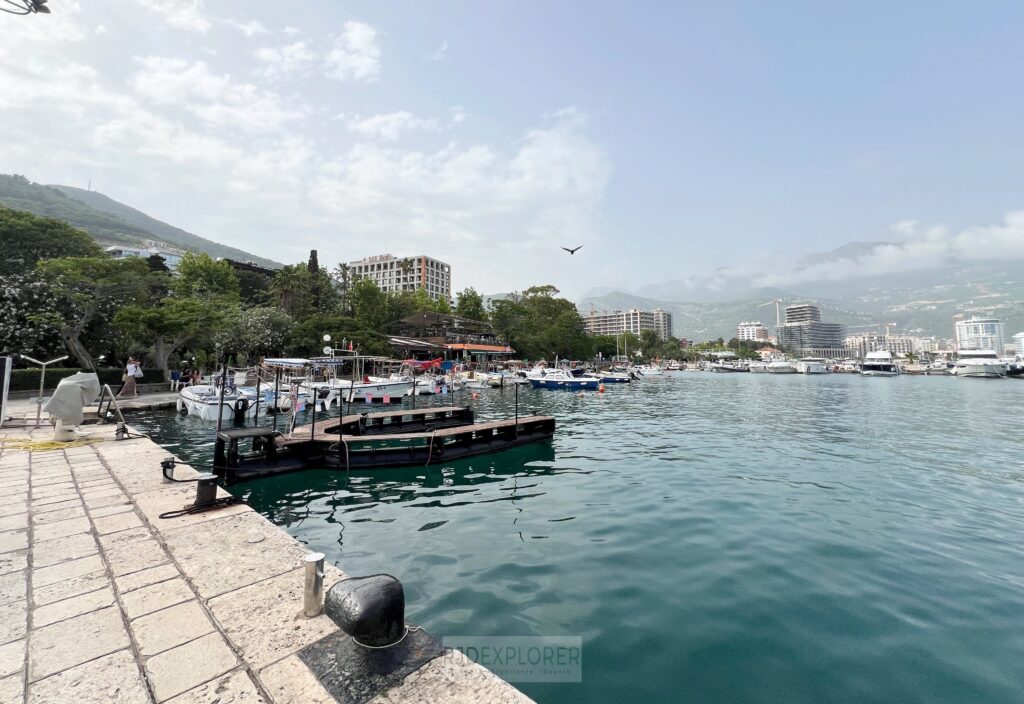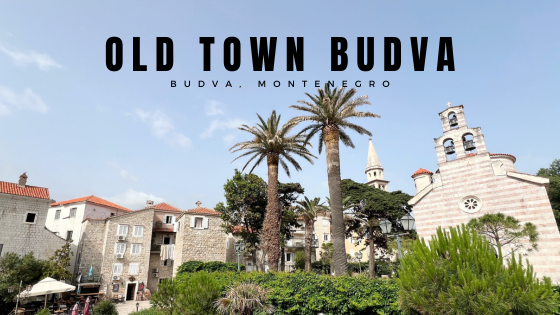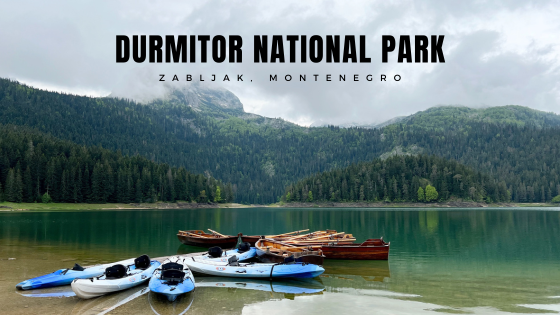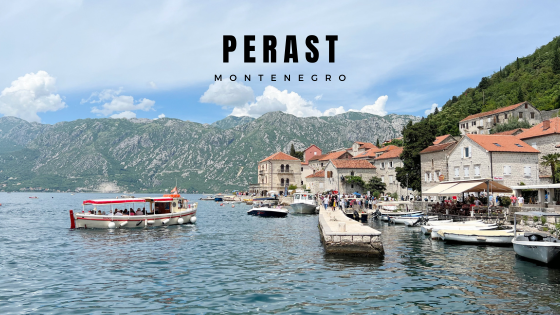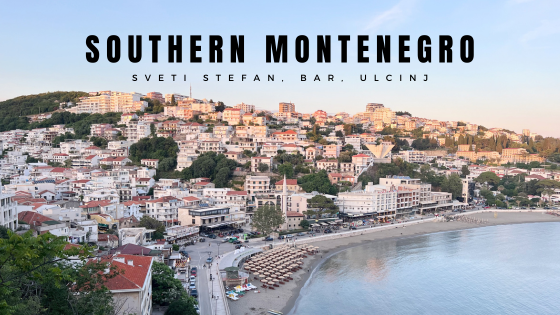May in Budva is a dream—alive with travelers yet free from the heavy summer crowds. The Adriatic glows under the late spring sun, casting soft light over the town’s stone walls. The air carries the scent of salt and the occasional aroma of fresh-baked pastries drifting from hidden cafés. It’s the perfect time to explore centuries of history woven into narrow alleyways, fortress walls, and ancient churches. I started my exploration of Old Town Budva at the Ruins of the Roman-era Necropolis, a silent reminder that Budva’s story stretches far beyond its medieval facade.
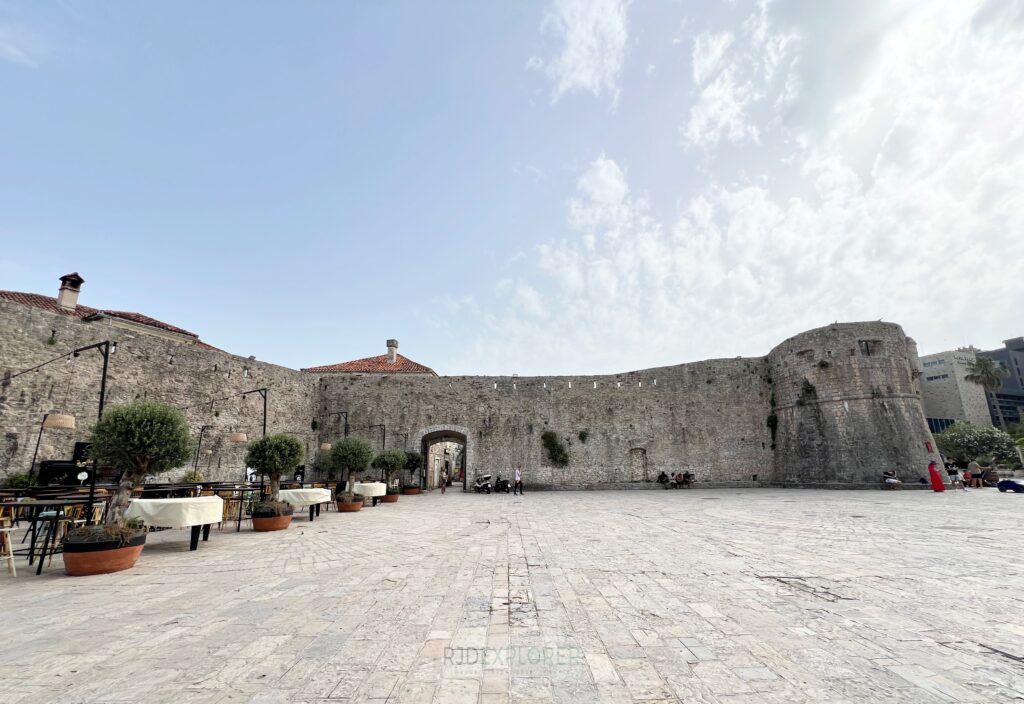
The remnants of this burial site, dating back to Greek and Roman times, were unearthed in the 1930s. Passing these silent remnants of the past, I approached Old Town’s main gate, ready to step into a crossroads of history and culture.
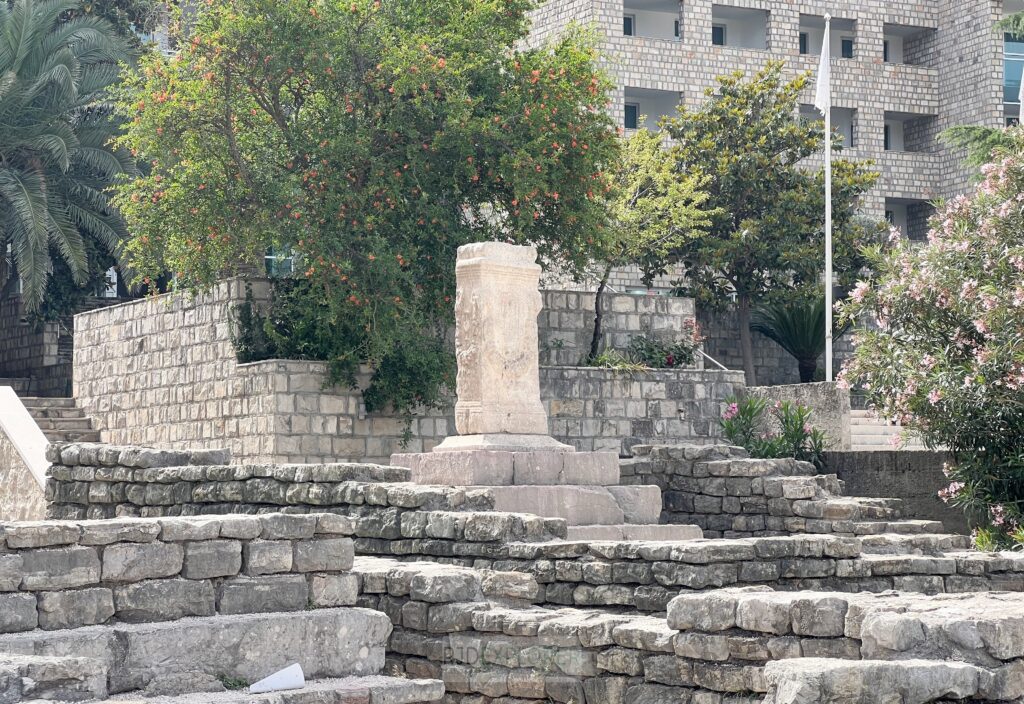
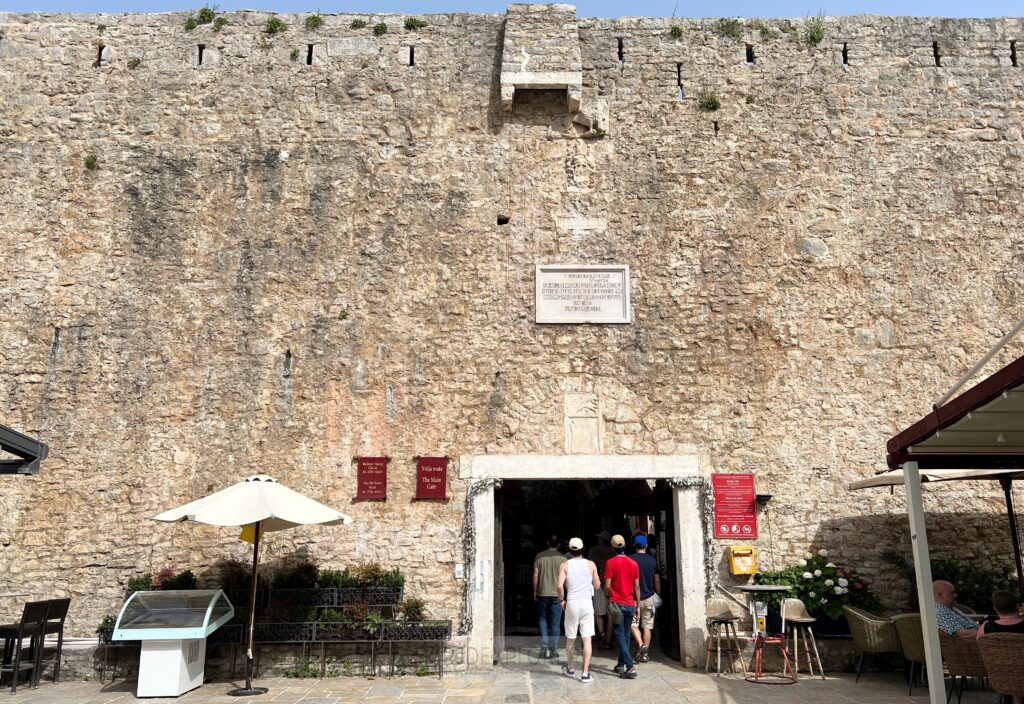
Velja Vrata, the grand entrance, loomed ahead. Above it, the Venetian lion and eight-pointed stars symbolized the town’s layered past, a reminder of centuries under Venetian rule. The thick stone walls exuded an air of resilience, whispering tales of invaders and protectors who had once walked these paths. Beyond the gate, cobbled streets stretched into a maze of timeworn stone alleys, each concealing its own secrets, each step feeling like a passage through time.
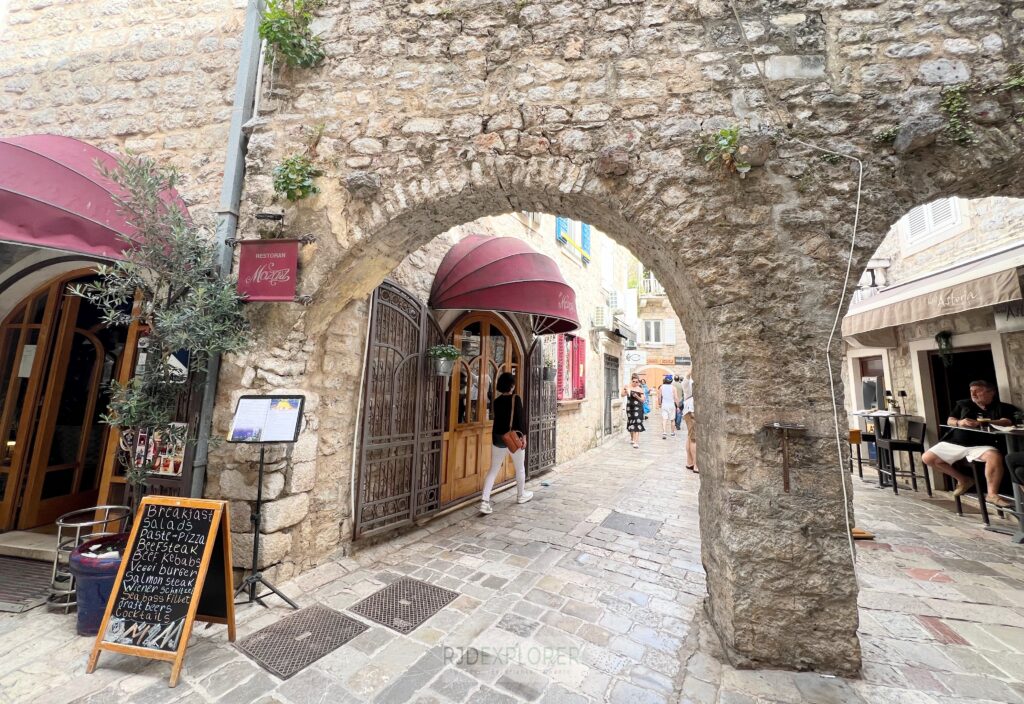
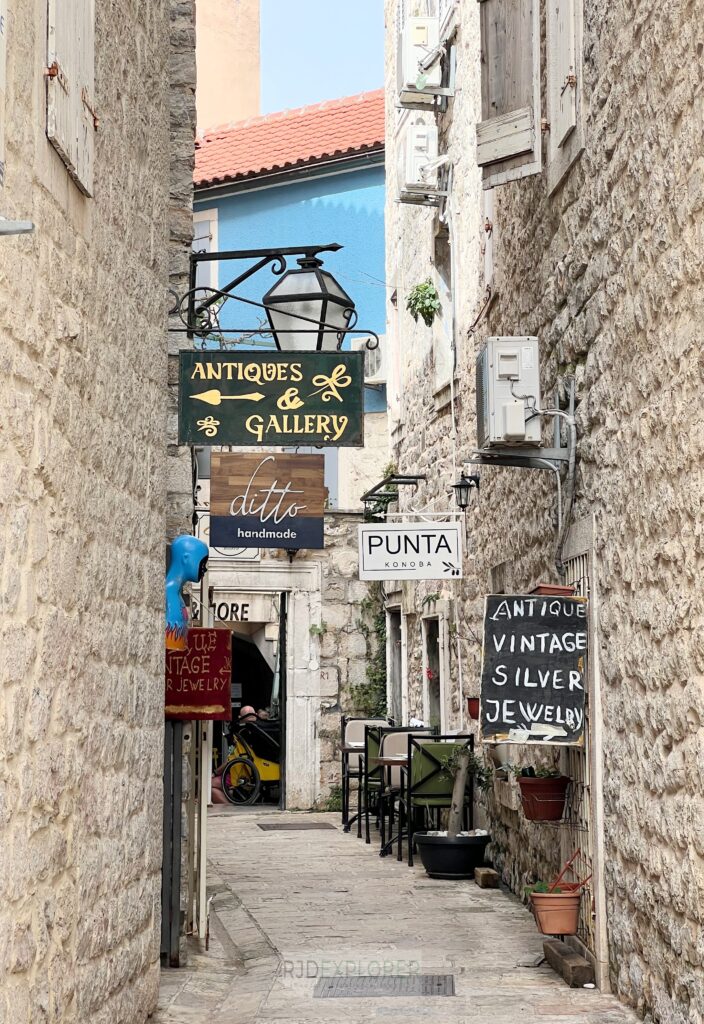
As I wandered through and I resisted the urge to step inside the shops, my curiosity drawn instead by the intricate weave of alleyways leading deeper into the town. With every turn, I encountered charming courtyards, ivy-covered walls, and the occasional glimpse of the shimmering sea through an archway.
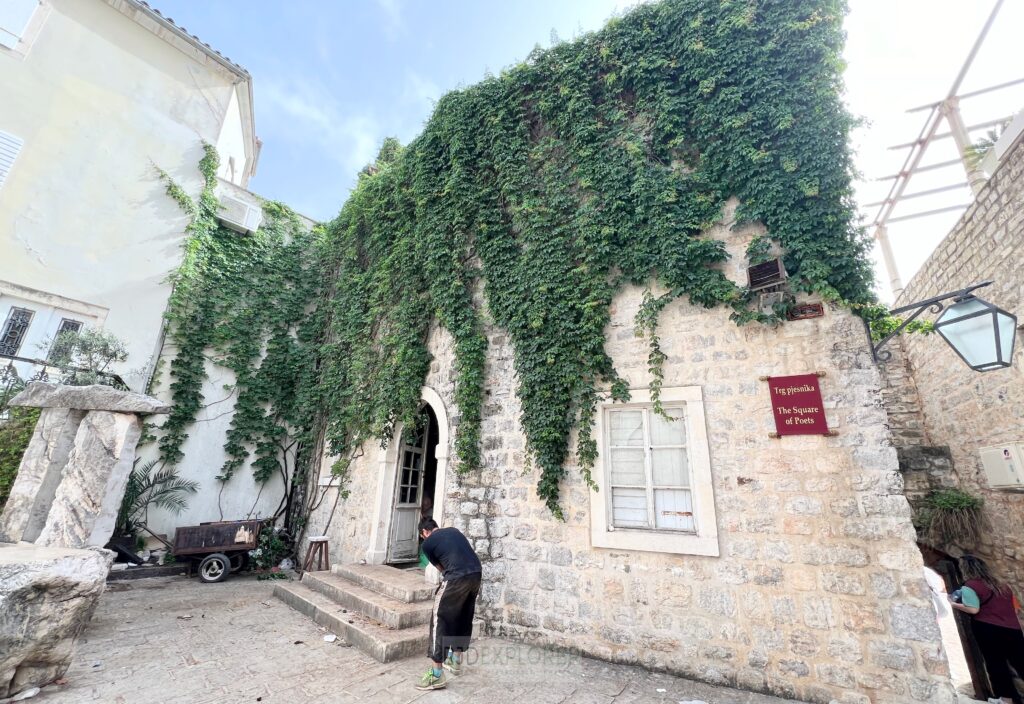
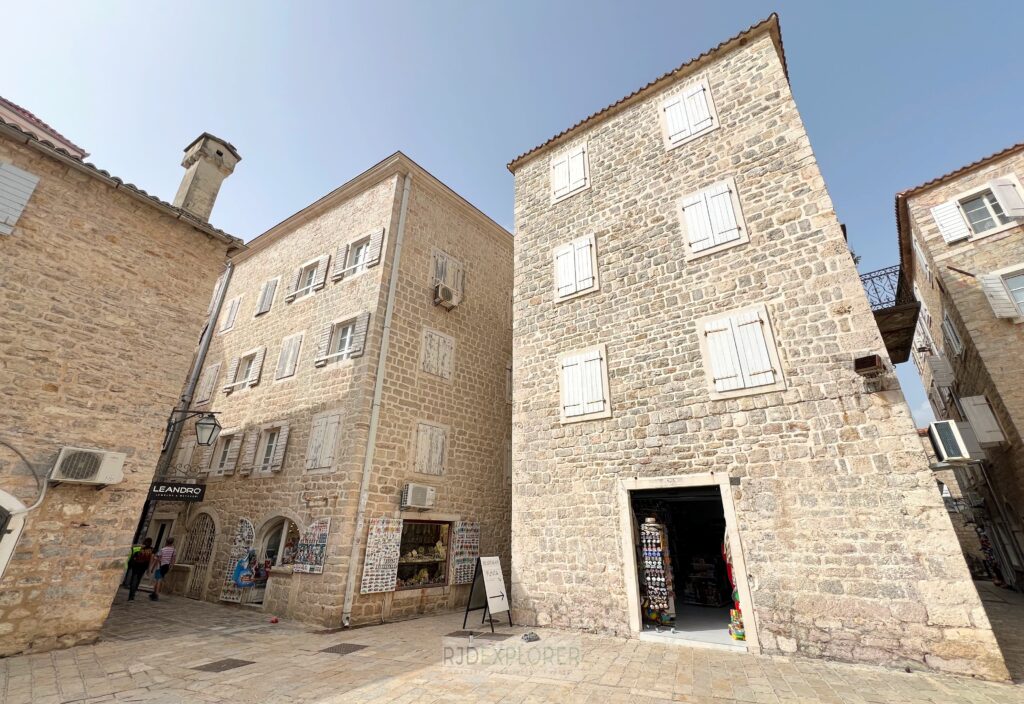
I soon arrived at the Square of Poets, a quiet sanctuary within the labyrinthine streets. A few steps away stood the Church of Santa Maria in Punta. Dating back to 840, this ancient pre-Romanesque structure has witnessed centuries of change, from Benedictine monks to Franciscan guardians.
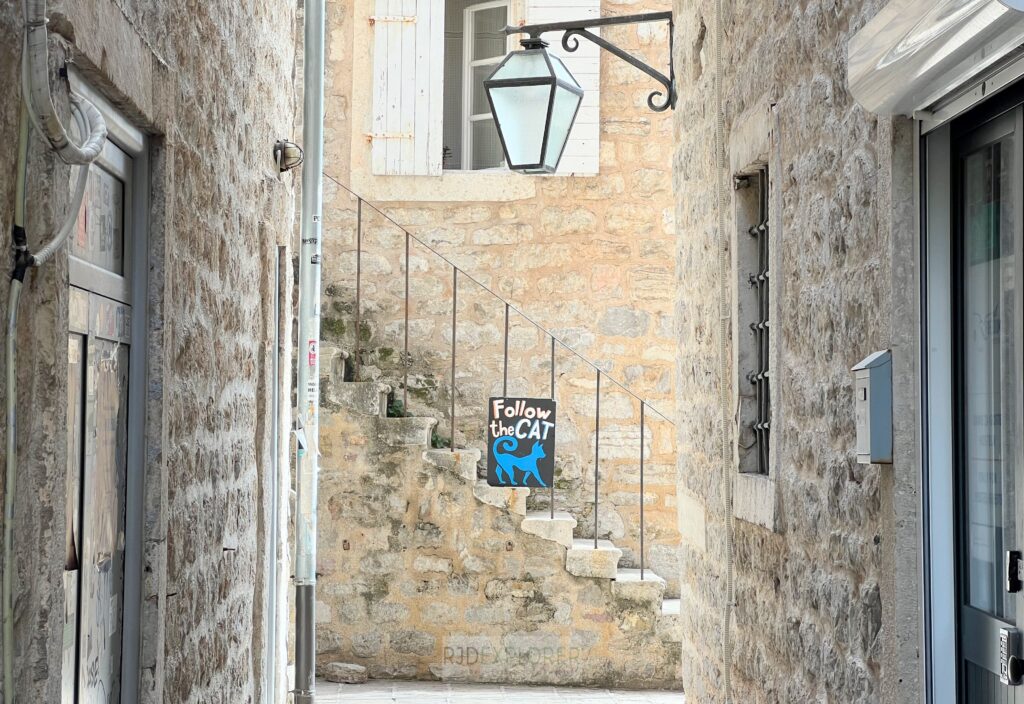
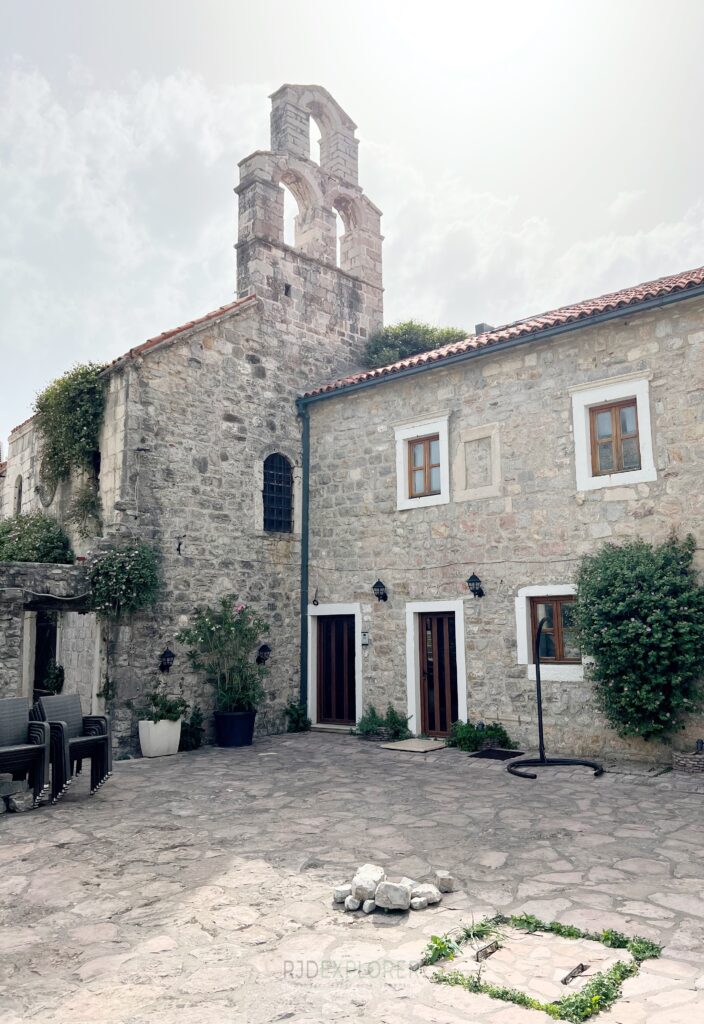
From this vantage point, I could see the Holy Trinity Church, its striped white and red stone facade standing distinct against the medieval skyline. Built in 1804, its interior featured frescoes that radiated a quiet divinity. The work of Greek artist Nikola Aspioti adorned the walls, a testament to the Orthodox tradition.
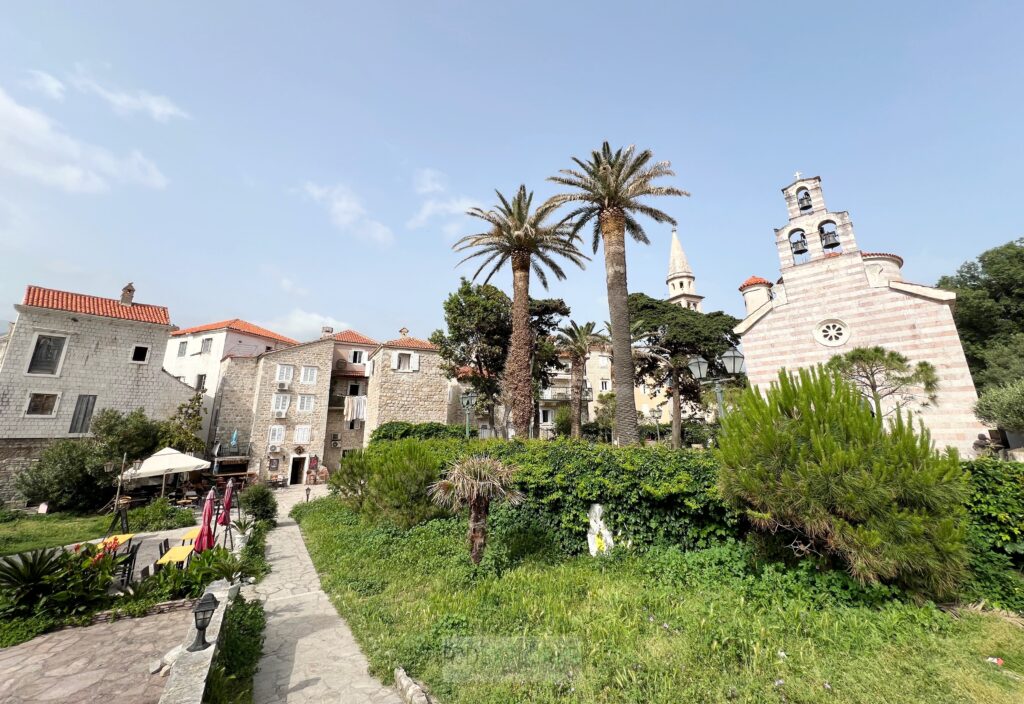
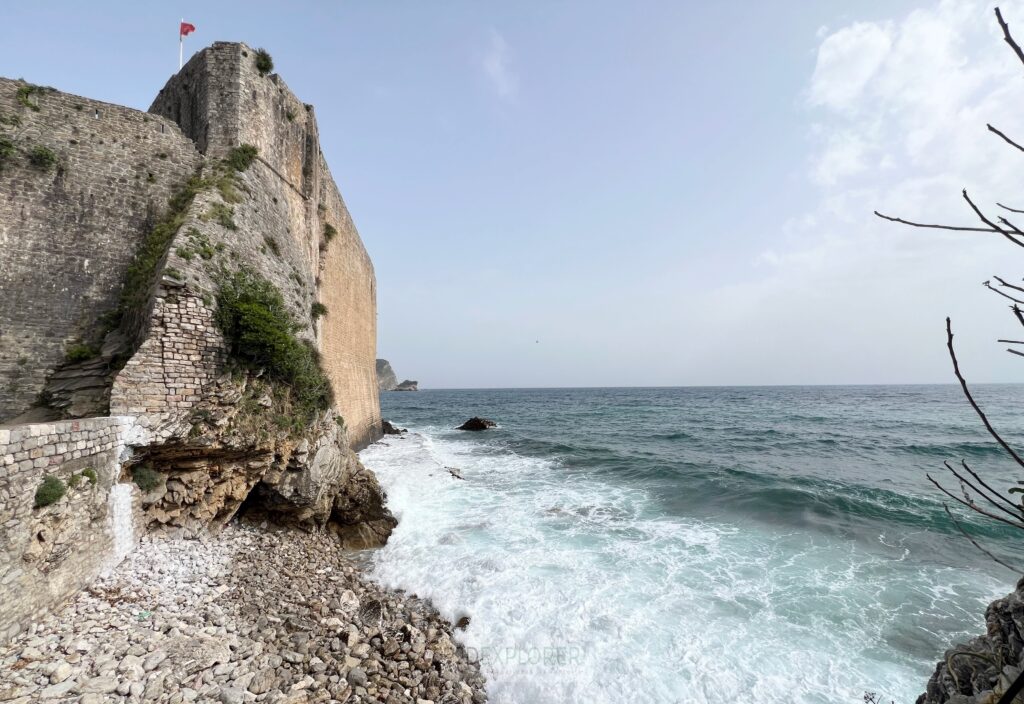
Continuing through the narrow paths, I reached the Budva Citadel. Known as the Castle of St. Mary, this fortress has stood since at least 1425, guarding the town against invaders. From the outside, its stone walls towered above me, an unyielding presence against time and tide. I chose not to climb the fortress, but even from below, its commanding presence was undeniable.
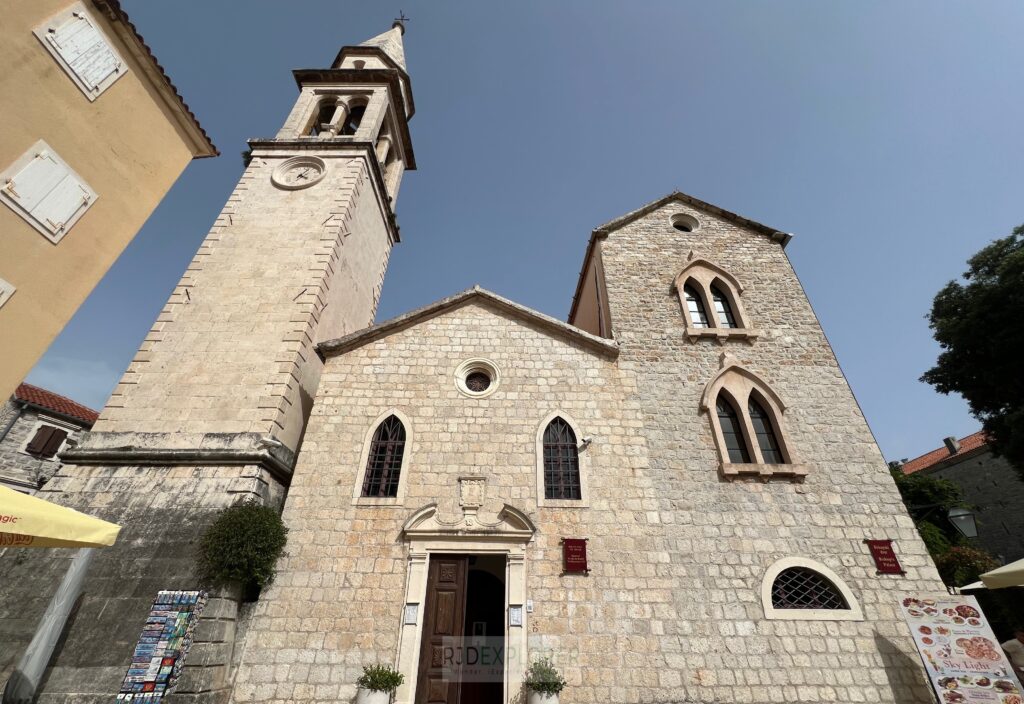
Deeper into the Old Town Budva, I arrived at the Bishop’s Palace. This elegant structure has long served as a residence for the town’s religious leaders. Beside the Church of St. John the Baptist, the palace enriched Budva’s architectural and spiritual tapestry with its historical presence. The building’s ornate balconies and grand doors reflected the church’s former power and influence in this coastal town.
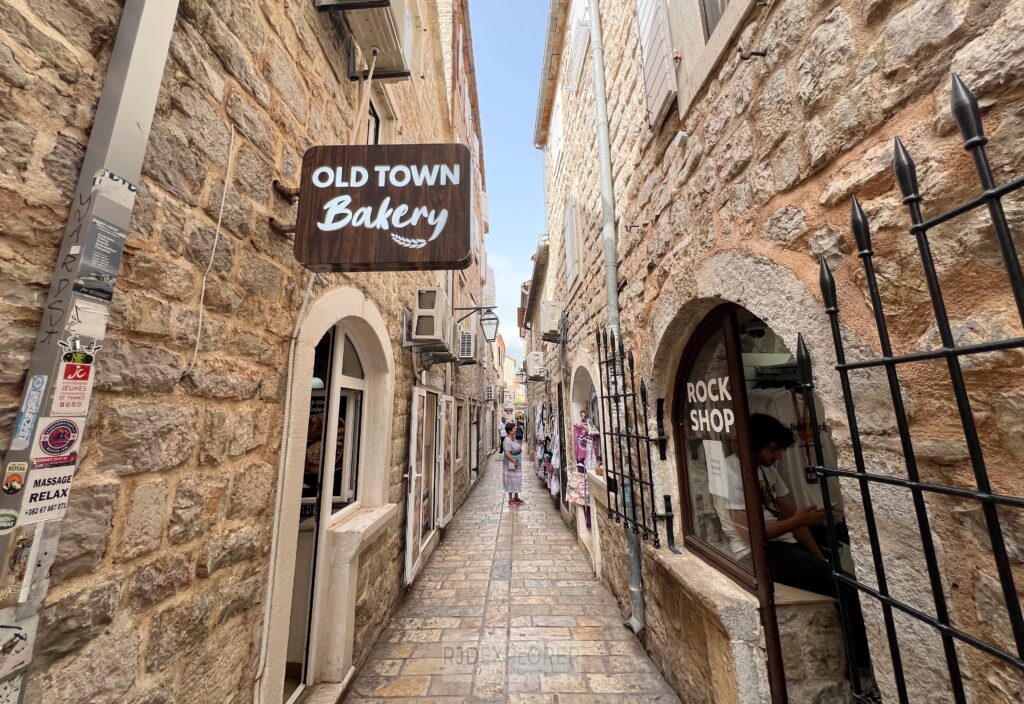
Winding through more alleyways, I let the walled city guide me. The scent of the sea mingled with the aroma of baked bread from hidden bakeries. Soft voices, bursts of laughter, and fading footsteps wove a quiet symphony of daily life within the town’s ancient walls.
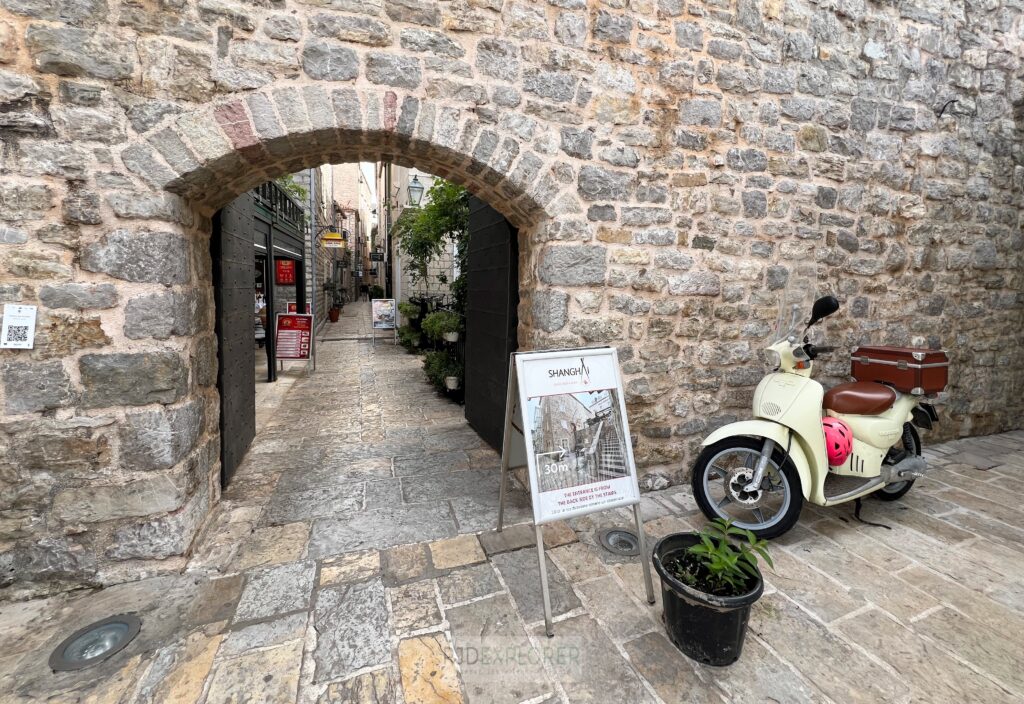
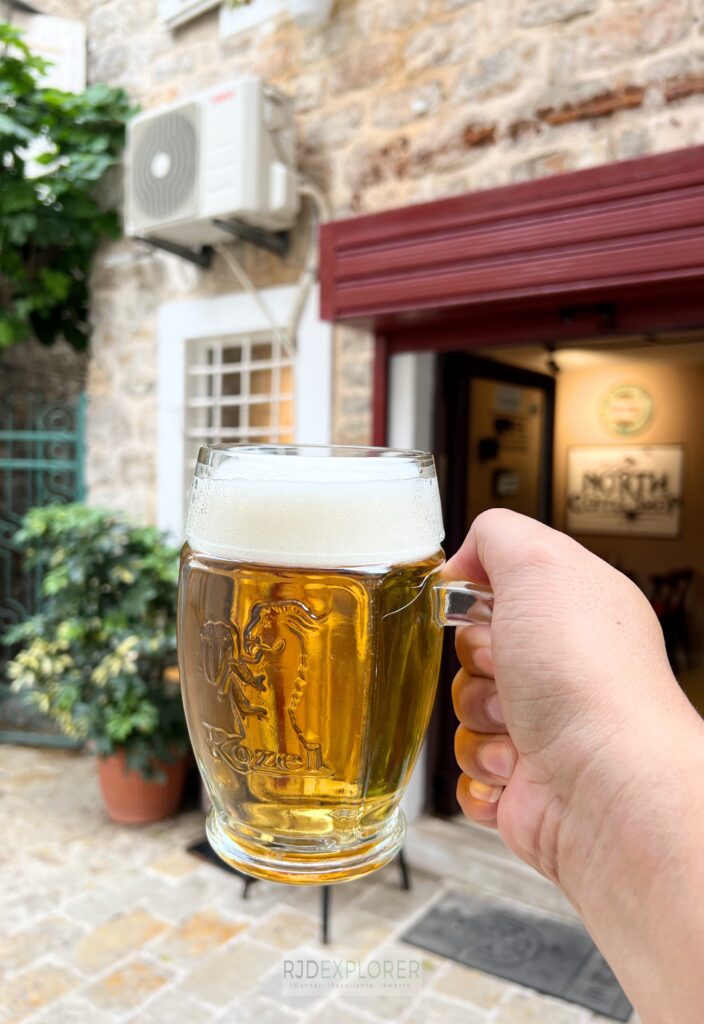
The day’s wanderings ended at a cozy restobar tucked inside the heart of Old Town Budva. Budva’s Old Town had unveiled its layers—each street a chapter, each square a verse. As I took my final sip of cold beer, the essence of Old Town Budva lingered—not just in memory, but in the layered stories of its ancient streets. The history, the atmosphere, and the Adriatic breeze had woven together a timeless experience, one that would stay with me long after I had left Montenegro.
